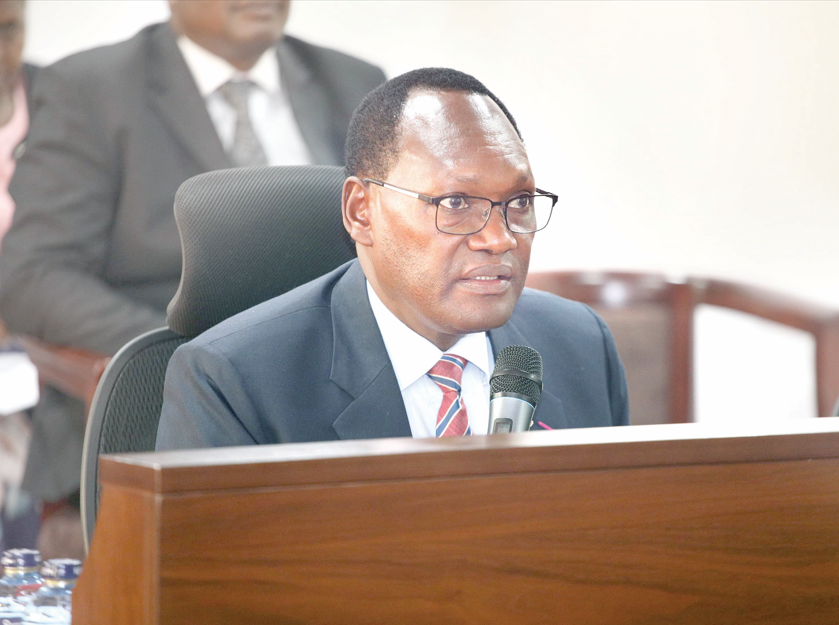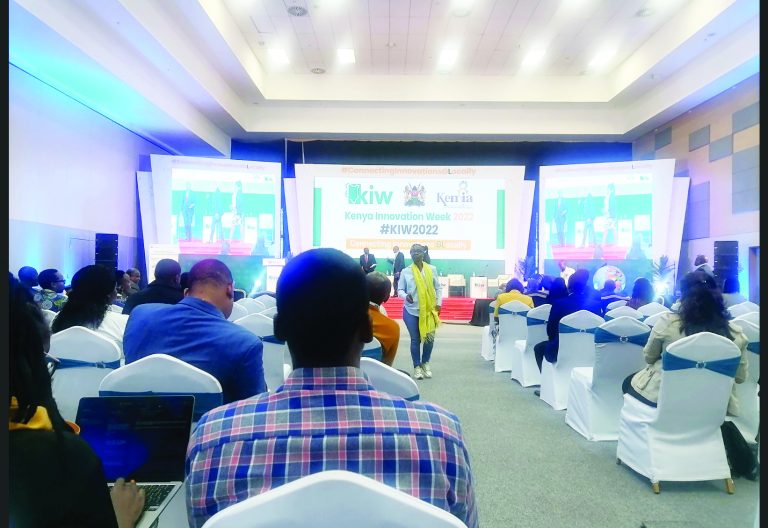World Bank cuts Kenya’s 2025 GDP growth forecast to 4.5%

Kenya’s economic recovery is losing steam, with the World Bank expecting gross domestic product (GDP) growth to slow to 4.5 per cent in 2025 from an earlier forecast of about 5 per cent, citing higher debt risks and declining private sector credit.
The subdued performance comes amid mounting fiscal pressures, weak job creation, and persistent structural challenges that threaten to stall progress on poverty reduction.
In its Kenya Economic Update report released in Nairobi on May 27, 2025, the World Bank noted that credit to the private sector has continued to fall, driven by higher interest rates, weakening demand, and the effects of exchange-rate valuation.
“Kenya’s public debt remains at high risk of distress, with interest payments absorbing about a third of tax revenue. Reforms to strengthen fiscal sustainability in an equitable way while promoting inclusive growth and jobs are critical to revive a slowing economy and a weak labour market,” the bank said.
It added that Kenya’s real gross domestic product is expected to pick up gradually in the medium term, with growth projected to rise to about 5 per cent between 2026 and 2027, but warned that more decisive reforms were needed to revive momentum.
The slowdown has been attributed to a mix of adverse factors, devastating floods, high interest rates, a decline in investor confidence following protests, and cuts to development spending.
These shocks were reported to have undermined an already fragile recovery, despite strong remittance inflows, a rebound in services, and resilience in agriculture.
On the other hand, Kenya’s debt position remained precarious.
It was noted that public debt continued to pose a high risk of distress, with interest payments absorbing nearly a third of the country’s tax revenues.
This limits the government’s ability to invest in growth-enhancing sectors such as health, education, and infrastructure.
Structural challenges
“Despite improvements in Kenya’s macroeconomic indicators, the country continues to face structural challenges, including insufficient job creation and low wages, especially among the youth,” said Qimiao Fan, the World Bank’s Country Director for Kenya, Rwanda, Somalia, and Uganda.
Kenya’s current account deficit narrowed to 3.1 per cent of GDP by February 2025, supported by stronger exports of agricultural goods and a 19 per cent surge in remittances.
However, trade performance was uneven, with declines in tea and manufactured goods as a share of GDP, and weakening service exports due to reduced travel receipts.
The World Bank emphasised the need for targeted fiscal reforms to improve revenue collection and spending efficiency.
It noted that fiscal pressures could be eased through faster public arrears payments and better prioritisation of government expenditure.
It emphasised the need for targeted fiscal reforms to improve revenue collection and spending efficiency.
In particular, the accompanying Public Finance Review (PFR) outlines several tax policy measures that could significantly expand Kenya’s fiscal space while promoting equity and growth.
Among the proposals, the PFR recommends strengthening the efficiency of tax incentives by exempting capital income from collective investment schemes and capital gains from select transactions.
These include gains from transfers to immediate family members, group restructurings, and private residences held for at least three years.














